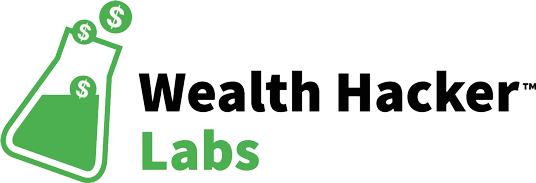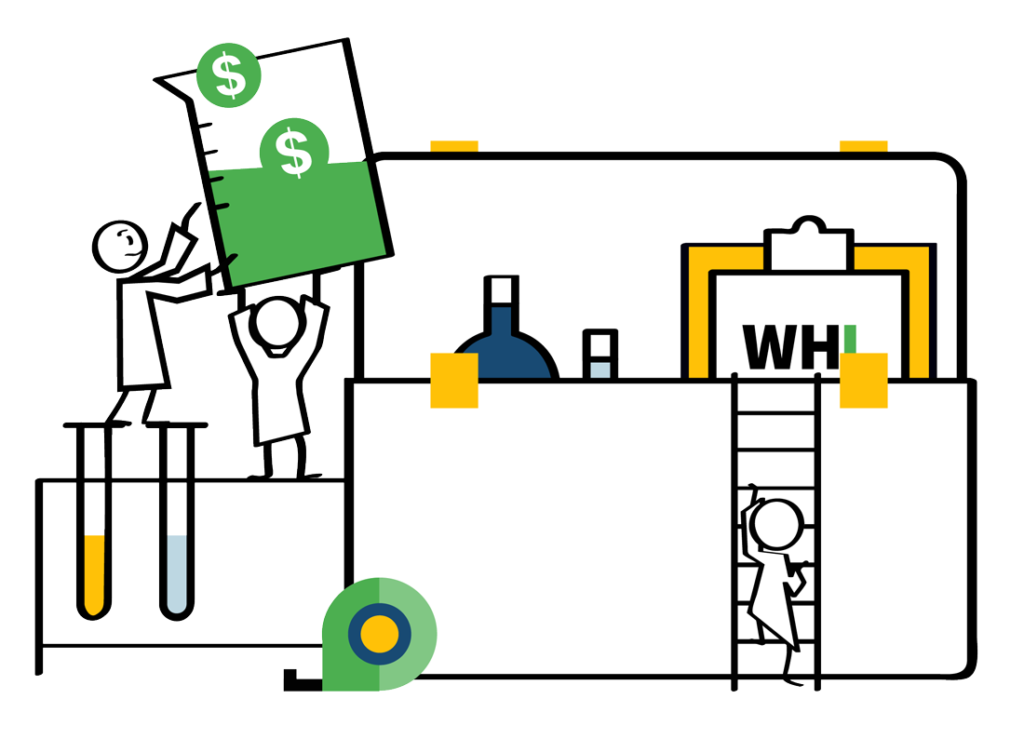3. Stay Out of Debt
Debt is another one of those bad habits that will sabotage your early retirement efforts, and a big one of that. Debt reduces your cash flow, and that will cut into the amount of money that you’ll have available to save for retirement.
There’s also a toxic mindset associated with debt when it comes to retirement. If you get too comfortable with debt, there’s a very good chance that you’ll carry some, or even a lot, into retirement. That will only raise your cost of living, and make early retirement far less certain.
Todd Tresidder at FinancialMentor.com highlights the importance of eliminating all consumer debt in preparation for retirement:
Credit card debt is wasteful and expensive. Pay off your highest interest balances first and use the money freed up as each card gets paid off to accelerate the payoff of the remaining cards. Never spend more in a month than you can afford so that no new debt is accumulated.
Never settle for making just minimum payments on credit cards because it is financial suicide on the installment plan: it makes compound interest work against you instead of for you. The sooner you stop overspending and pay down existing debt, the sooner that money can be redirected to investments so that you’re financing your retirement as a wealth builder instead of the bank executive’s retirement as a debtor.
Todd brings up an excellent point: it’s a good idea to ensure compound interest is working for you, not the financial institutions. Not only do you need to get out of debt, you need to stay out of debt and put the savings toward your retirement plan.
4. Don’t Buy a House That Will Own You

Have you ever heard of the term house poor? That describes the condition of living in a beautiful house, but one that costs so much that it leaves you very little money to do anything else. Being house poor is not a positive state of existence when you’re planning for early retirement.
Not only is your house a long-term expense that will have a major impact on your cash flow, but it is also the kind of purchase that can set the spending tone in your life. For example, a higher end home will require more costly maintenance, more expensive furniture, typically higher utilities, and higher maintenance costs, particularly in regard to landscaping.
When it comes to housing and early retirement plans, you’ve got to be guided by the less is more doctrine, as in less house result in more savings.
5. Save More Than You Thought You Ever Could
If you plan to retire in 40 years, you can probably get away with saving 10% or 15% of your income every year. But if you plan to retire in 15 or 20 years, you have to up your game. 30%, 40% or even 50% will be more likely.
You shouldn’t allow yourself to be limited by employer plan contribution limits either. Contribute to a traditional or Roth IRA if you can qualify. Save money outside of your retirement plans.
[youtubevid id=”Cy8EsjQyREo”]If you’re self-employed, consider setting up your own 401(k) plan, also known as a Solo 401(k) plan. The contribution limits on these plans is incredibly generous. In fact you can even set up one of these plans for a side business, and really accelerate your retirement savings.
One big advantage of a solo 401(k) plan is that under IRS regulations, 100% of the first $18,000 ($24,000 if you‘re 50 or older) of your income can be contributed to the plan for 2015. And since you’re also the employer, you can contribute an additional 25% of your total income.
For example, if you earn $60,000 from your business, you can contribute $15,000 ($60,000 X 25%) to the plan as employer, plus up to $18,000 as an employee. This will give you a total contribution of $33,000, on an income of $60,000. Do you think that might get you to early retirement faster?
6. You May Need to Increase Your Income
If you don’t believe that you will be able to achieve your retirement portfolio number by the time you will to retire, you may need to increase your income. But if you do so, make sure that 100% of the extra income actually goes and retirement savings.
There are several possibilities here. You can work to get a better paying position, or you can take on a part-time job. You can also set a side business (where you can set up that Solo 401(k) plan), or simply take side work based on any special skills that you have.
You don’t have be locked into one method either. You can work a part-time job for a while, run a side business for a time, then do side jobs. If you’re not sure how to get started, I created list of 100 making money ideas.
7. Make “Balance” Your Investment Guiding Principle
Be reasonable in your projection of your anticipated rate of return on your investments. An unrealistic rate of return (ROR) on your investments could cause you to save too little under the misguided assumption that you’ll make it up in returns. As well, if you set the ROR bar too high, you may find yourself speculating to make those returns a reality.
Warning: Speculating is not investing. You could end up losing money, and that will put an end to your early retirement plans.
What’s reasonable when it comes to ROR?
The average annual rate of return on the S&P 500 Index has been in the ball park of 10% since 1928. Investing in index funds based on the S&P 500 should get you that kind of return over the coming decades.
If you assume a 10% average annual rate of return on your stock holdings, you can expect an overall rate of return on a portfolio comprised of 80% stocks and 20% fixed income securities to be in the neighborhood of 8% (since fixed income investments currently pay close to zero in interest!). So use 8% as your anticipated rate of return on your investments for planning purposes. It’s reasonable.
Calculating Your Strategy to Hit Your Retirement Portfolio Number
Bankrate has an excellent 401(k) savings calculator that will allow you to determine exactly how much money you‘ll need to save each year in order to make early retirement a reality.
We’ll use it to calculate how much you will need to save each year in your 401(k) to enable you to hit your retirement portfolio number.
Let’s assume that you’re 30 years old, earning $60,000 per year, you want to retire at age 50, and you currently have $100,000 invested in your 401(k) plan.
As discussed in Strategy #1 above, you will need $40,000 a year in income, which will require an inflation-adjusted portfolio of $1.5 million. Using the Bankrate 401(k) savings calculator, how much will you need to contribute to your 401(k) plan each year?
- Percent to contribute: 30% ($18,000)
- Annual salary: $60,000
- Annual salary increase: 2%
- Current age: 30
- Age of retirement: 50
- Current 401(k) balance: $100,000
- Annual rate of return: 8%
- Employer match: 6%
- Employer match ends: 50%
Saving 30% of your income in your 401(k), or $18,000 per year (the 2015 401(k) plan contribution maximum), your 401(k) plan will grow to $1.424 million by the time you reach age 50. That’s a little bit shy of the mark of $1.5 million that you will need, so you will have to plan on saving money outside of your retirement plan in order to reach the goal.
It’s certainly a tall order, but it is doable. By using all seven of these strategies, you’ll make it happen.


Leave a Reply